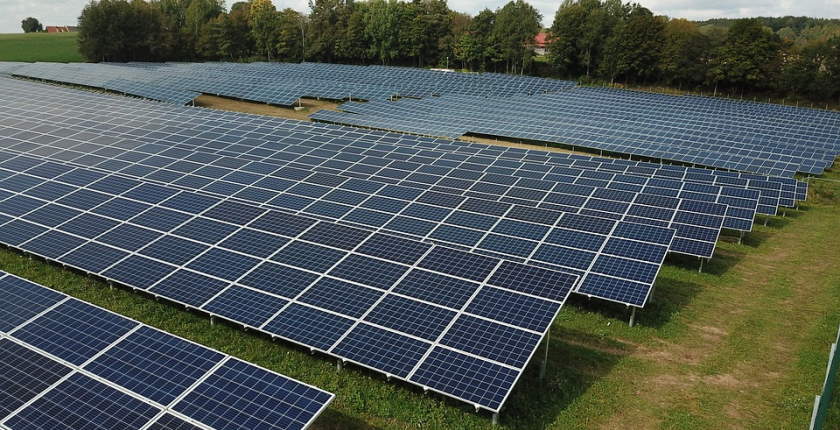
Tapping into the Infinite Potential of Solar Power Generation
As the world grapples with the urgent need for sustainable energy solutions, the focus on solar power generation has intensified. This article delves into the mechanics, benefits, and potential of harnessing the sun’s energy to power our present and shape a cleaner future.
Understanding the Basics of Solar Power Generation
At its core, solar power generation involves capturing sunlight and converting it into electricity through the use of solar panels. Photovoltaic cells within these panels absorb photons from sunlight, releasing electrons and generating a flow of electric current. This fundamental process is the foundation of solar energy systems.
The Role of Solar Panels in Energy Conversion
Solar panels, comprised of numerous photovoltaic cells, serve as the workhorses of solar power generation. These cells, often made of silicon, absorb sunlight and initiate the electron movement that creates an electric current. The efficiency and durability of solar panels have improved significantly, enhancing the overall performance of solar power systems.
The Environmental Advantages of Solar Energy
One of the prominent benefits of solar power generation lies in its minimal environmental impact. Unlike traditional energy sources that rely on fossil fuels, solar energy is a clean and renewable resource. The process produces no greenhouse gas emissions, contributing to a reduction in air pollution and combating climate change.
Solar Power Generation as a Sustainable Solution
The sustainability of solar power generation stems from the sun’s status as an almost infinite and reliable energy source. Solar energy is abundant and accessible, providing a long-term solution to the global demand for electricity without depleting finite resources or contributing to environmental degradation.
Advancements in Solar Technology
Ongoing advancements in solar technology continue to shape the landscape of solar power generation. Researchers and engineers are exploring innovations such as thin-film solar cells, solar tracking systems, and increased energy storage capacity. These developments aim to enhance the efficiency and cost-effectiveness of solar energy systems.
Overcoming Challenges in Solar Adoption
While the benefits are undeniable, challenges in solar adoption persist. Initial costs, intermittency due to weather conditions, and the need for suitable infrastructure are considerations. However, as technology evolves, these challenges are progressively being addressed, making solar power more accessible and reliable.
Integration of Solar Power into the Grid
The integration of solar power into existing energy grids is a crucial aspect of widespread adoption. Smart grid technologies enable seamless incorporation of solar-generated electricity, ensuring stability and reliability in the overall energy supply. This integration facilitates a smoother transition to a more sustainable and diversified energy matrix.
Small-Scale and Residential Solar Applications
Beyond large-scale solar farms, small-scale and residential solar applications are gaining popularity. Homeowners can install solar panels on rooftops, generating clean energy for personal consumption and often contributing excess electricity back to the grid. This decentralized approach empowers individuals to actively participate in sustainable energy practices.
The Future of Solar Power Generation
As we look to the future, the trajectory of solar power generation is promising. Increasing affordability, ongoing technological advancements, and a growing commitment to sustainability position solar energy as a key player in the global energy landscape. The transition to a solar-powered future is underway, shaping a cleaner and more sustainable world.
To explore more about the mechanics and potential of solar power generation, visit Solar power generation and discover how you can contribute to a greener future through harnessing the power of the sun.


